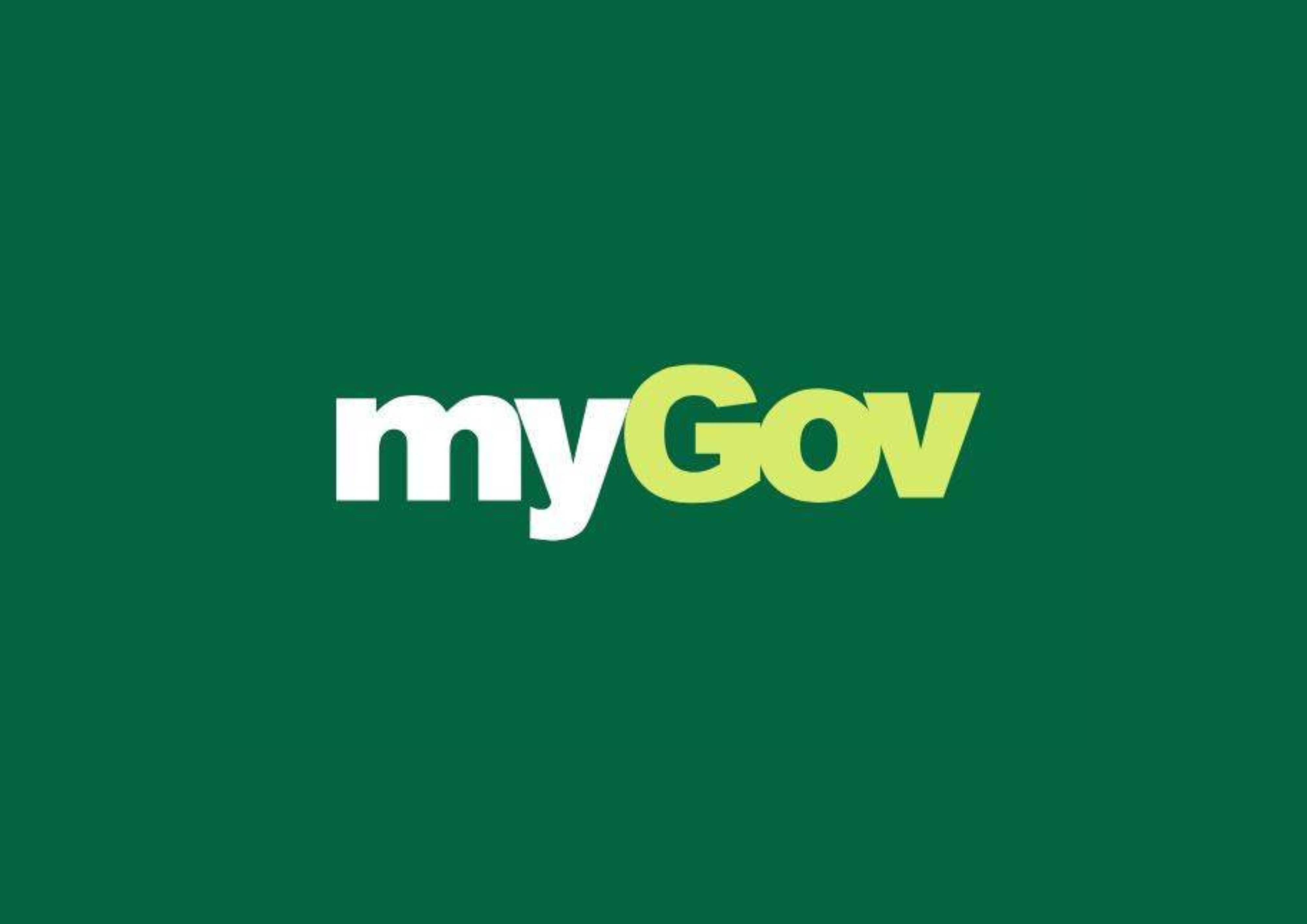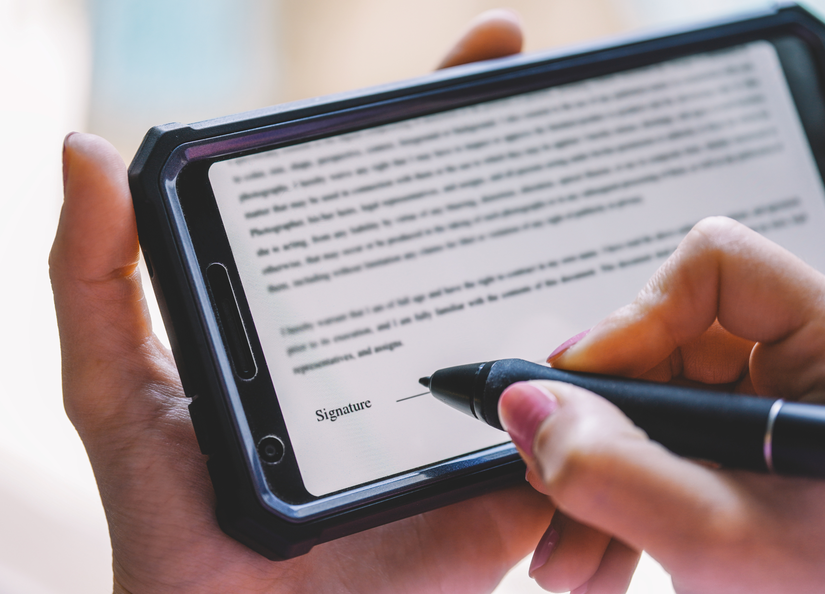Embracing efficiency post-Covid: permanent changes to the execution of Commonwealth statutory declarations
Introduction
On 1 January 2024, changes to the Statutory Declarations Act 1959 (Cth) (Act) came into effect which impact the execution of Commonwealth statutory declarations (Declarations). These amendments have expanded the methods for executing Declarations under Commonwealth law. Specifically, the changes have facilitated:
- electronic signing;
- remote witnessing; and
- digital verification of Declarations though MyGov without a requirement for a prescribed person (e.g. a legal practitioner, chartered accountant or justice of the peace) to witness the Declaration.
Electronic signing and remote witnessing were temporarily introduced in response to the COVID-19 pandemic, but will now be in place permanently. Certain state jurisdictions also allow for electronic signing and remote witnessing of statutory declarations. In South Australia, the South Australian government has proposed changes to the Oaths Act 1936 (SA) to introduce similar changes.
Electronic signing


As a result of the amendments to the Act, the declarant and the prescribed person witnessing the signing of the Declaration can now sign either a physical form by hand (the traditional wet ink method) or an electronic form using electronic means.
The chosen method of signing must clearly identify the person and express their intention regarding the information recorded on the Declaration. This technology neutral signing approach aligns with the provisions of the Corporations Act 2001 (Cth) under section 110A (as mentioned in our previous article).
Remote witnessing


The Act’s amendments also introduce remote witnessing as an option alongside in-person witnessing. When a prescribed person witnesses the signing of the Declaration remotely, a “video link” providing both audio and video connection must connect the declarant and the prescribed person. The camera facilitating the link must be positioned to allow the prescribed person to witness the signing, whether by wet ink or electronically. For example, screensharing cannot be utilised since it fails to demonstrate that the declarant is the person who is controlling the mouse to insert the electronic signature.
In cases of remote witnessing, the prescribed person must be satisfied that the copy they sign is a true copy of the Declaration signed by the declarant. The signed copy need not include the declarant's signature and may be signed in counterpart.
While electronic signing and remote witnessing aim to simplify the process, practical considerations may favour witnessing a declarant sign a physical form by hand via video link, followed by remote signing of a counterpart copy by the prescribed person (either a physical form by hand or an electronic form using electronic means).
Digital verification on MyGov


The Act’s amendments have introduced an alternative option for a Declaration verification through MyGov without the need for a witness. Declarants can digitally verify their identity, complete and sign the Declaration on the MyGov portal. Although digital verification through MyGov is not currently available, the Attorney General’s Department has indicated that more information will be released early this year.
This article provides general comments only. It does not purport to be legal advice. Before acting on the basis of any material contained in this article, we recommend that you seek professional advice.
Co-Author
Name: Narisse Fechner
Position: Lawyer
Practice: Transactions
Related Insights
Myth-busting: Electronic execution of documents

At last… certainty on electronic signatures and virtual meetings


